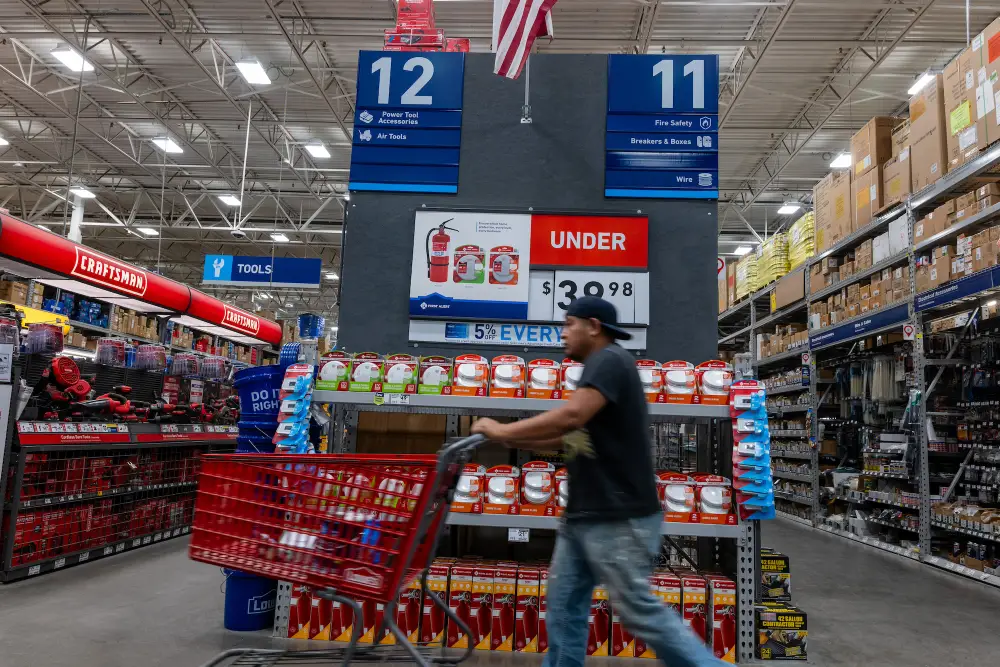Here’s the next data point to watch as Wall Street eyes a ‘no landing’ scenario for the US economy

America’s spending habits are the next data point to monitor as Wall Street investors see rising odds of a “no landing” scenario for the US economy.
Bank of America analysts expect September retail sales data, set for release on October 17, to show a 0.8% surge. Consensus estimates expect just 0.2% growth, according to economists polled by Bloomberg.
The analysts say such a large jump in retail spending would likely increase the odds of a no-landing. That’s a situation in which continued economic growth adds fuel to inflation and prevents the Federal Reserve from quickly cutting interest rates.
While such an outcome points to a strong economy, it also could be bad news for people waiting for relief from higher borrowing costs.
The analysts say that while monthly retail data can fluctuate, a big increase last month would be cause for concern.
“Monthly retail sales data can be volatile. But a report like the one we are forecasting would be significant,” the analysts said in a Thursday note.
They suggest that a strong report on the heels of “very encouraging” GDP and GDI revisions and a “gangbusters” September jobs report would only extend the slew of recent upside surprises that point to a hot economy.
“A month ago, the question was whether we are headed for a recession or a soft landing. If retail sales accelerate considerably, in our view, the narrative may shift further toward ‘no landing’ or even re-acceleration,” they said.
If the Fed has to pause its easing cycle amid high inflation, Americans will be left with higher prices and steeper borrowing costs.
The analysts’ outlook comes after last week’s blockbuster September jobs report ignited speculation of a no-landing scenario. The report showed that the economy added 254,000 jobs in September, far above analyst estimates.
Economic and income growth has also proved strong, with a set of revisions last month showing GDP grew faster than initially thought in the second quarter.
The consumer price index, meanwhile, came in slightly higher than estimates on Thursday.
The analysts acknowledge that last month’s retail data might not be enough to force the Fed to stop its easing cycle, “at least, not yet.” They say the Fed will likely cut two to four more times even if the labor and economic activity remain strong.
However, they add that continued economic strength could halt the easing cycle.
“If economic activity is still surging when rates are closer to 4%, the Fed will likely start to seriously consider the risk that monetary policy is no longer restrictive,” they said.
The analysts say Bank of America aggregated credit and debit card spending data from last month showed especially large increases in department stores, general merchandise stores, and clothing.
They point out, too, that last month’s Hurricane Helene could have had a temporary upside impact on spending as shoppers in the southeastern US stocked up on groceries before the storm made landfall.






